John Fairchild, The Fashionable Savages
|
“Mrs. Paley loves fashion, but not to be in fashion … Mrs. Paley has her style, no one else’s. She is the only woman I have seen who can wear a Chanel and make Chanel’s Chanel a Paley style.”
John Fairchild, The Fashionable Savages
0 Comments
Meet the Devil: Truman Capote and the William S. Paleys“Whether Truman spoke the truth or not, I haven’t a clue and I didn’t care. He was a very good conversationalist.” Loel Guinness, Truman Capote in which Various Friends, Enemies, Acquaintances, and Detractors Recall His Turbulent Career Melanie Benjamin’s recently released novel The Swans of Fifth Avenue opens with the oft-told but unreliable account of how Truman Capote met his best friends Bill and Babe Paley in January 1955. Truman Streckfus Persons Capote … showed up one day on William S. and Babe Paley’s private plane, a tagalong guest of their good friends Jennifer Jones and David O. Selznick. Bill Paley, the chairman and found of CBS, had gaped at the slender young fawn with the big blue eyes and funny voice; ‘I thought you meant President Truman,’ he’d hissed to David. It is a marvelous tale, and if factual, a hilarious case of mistaken identity. But, is it true? The Swans of Fifth Avenue is, after all, a novel with limited obligation to fact. The book is a story of friendship gone awry: how Truman Capote met and charmed the Beautiful People and then betrayed them nearly as badly as he betrayed himself. Truman’s friendship with Babe and Bill Paley is the emotional center of the novel, but on its perimeter are others in their circle, including most notably Slim Keith but also Pamela Harriman, Gloria Guinness, Marella Agnelli, and C.Z. Guest. Under the cloak of fictionalization, it delves into the psychology of its subjects in a way that biography rarely does. However, as it is fiction, there was no need to authenticate Truman’s meet-cute story with the Paleys. Yet, this tale regarding Truman’s identity exists in nonfiction as well. Gerald Clarke’s well-regarded biography, Capote, relates much the same story. Truman becomes acquainted with producer David Selznick and his actress wife Jennifer Jones through film work, including John Huston’s Beat the Devil for which Capote wrote the screenplay. In January 1955, the Selznicks are invited to fly on the Paleys’ private plane with them to their vacation home in Jamaica. David Selznick inquires whether Truman might come along. Bill Paley replies, “It would be an honor.” Then, when Truman boards the plane, Paley whispers to Selznick, “I assumed you meant Harry Truman. Who is this? Is it plausible the Paleys assumed it would be former president Harry S. Truman, two years out of office, who would be boarding the plane? We think not. Let’s examine the evidence. The Credibility of the Source Truman Capote was a great stylist and raconteur. Effect mattered far more to him than the actual truth. That he said or wrote something makes it no more or less likely that it was true. To friends he once wrote, “not that I mind inventing details, as you will see,” which might be the most honest statement he ever made. The Improbability of the Supposed Invitee In 1955, President Truman was not only outside of café society, he could barely afford a cup of coffee. He was certainly not the prototype for presidents who came after him, all too willing to hitch a ride on the private plane of any affable billionaire who makes the offer. President Truman rejected all corporate proposals, believing it would besmirch the office of the presidency. Instead, he returned to Missouri to live in reduced circumstances. His only regular income was a $112.56 per month army pension (presidential pensions had not yet been approved by Congress). Alas, Harry Truman was so outside of the Paley’s social world that he would have made an awkward and unlikely guest for the Paleys. The Absence of Follow-Up Questions After David Selznick inquires whether Truman might accompany them, it is difficult to imagine that Paley would have simply left it at that without further comment or question. For starters, he might have queried, “Will Mrs. Truman be coming along as well?” And, if the answer was affirmative, imagine the très chic Babe lounging poolside for a week with Truman’s salt-of-the-earth wife Bess. Of course, kind and well-mannered Babe would have worked tirelessly to make it all seem perfectly natural should she have found herself in that position (Slim Keith or Gloria Guinness, not so much). Bill Paley Already Knew President Truman As Sally Bedell Smith details in her biography In All His Glory, The Life of William S. Paley, Paley’s lieutenant at CBS Frank Stanton arranged a meeting between President Truman and Bill Paley five years earlier in 1950. It resulted in Paley’s appointment to head the President’s Materials Policy Commission in which he took a six-month leave of absence from CBS that ultimately stretched into eighteen. President Truman would not have been a stranger to him. Moreover, Bedell Smith evidently did not believe the story to be credible. In her biography of Paley, she omits the mistaken identity tangent, noting only that Capote “befriended the Paleys in a January 1955 trip to Jamaica.” Truman Capote Was Already in the Paleys' Circle Babe Paley’s closest friend Slim Keith writes in her memoir Slim, Memories of a Rich and Imperfect Life that she first met Capote in the early 1950s at a party hosted by Diana Vreeland. It is possible that Babe met Truman at the same party, or if not then most likely shortly thereafter. This aligns with the recollections of Truman’s publisher Bennett Cerf who says that Truman met Mrs. Paley through friends. “Babe immediately invited him somewhere they were going. When Bill Paley met Truman for the first time, he reacted like a lot of men do. He was rather startled by this strange little fellow, but it took Truman about three hours to make Bill Paley his life-long friend and admirer.” [Note: Cerf’s comments were recorded prior to Capote’s famous falling out with the Paleys after the 1975 publication of “La Côte Basque”.] Mistaken Identity with the Former President Was a Recurring Theme for Capote The Jamaican holiday was not the only case in which Capote claimed he was mistaken for the former president. If Capote is to be believed, even the newly elected John F. Kennedy experienced difficulty distinguishing the two. In a November 24, 1960 letter to Alvin and Marie Dewey (friends Capote made in Kansas while working on In Cold Blood), he writes, “Sent a congratulatory telegram to the Kennedys, and recvd. a reply from Jackie who said that at first they thought it was from Harry Truman until they realized a) Harry wasn’t in Switzerland, and B) wouldn’t have signed it ‘love and hugs.’ Ha!” It seems as if the mistaken identity gambit was a set piece to be edited and re-edited as Capote saw fit. Capote’s Own Contemporaneous Account Omits the Anecdote In a February 7, 1955 letter to his frenemy Cecil Beaton, Truman writes simply, “I went to Jamaica with the [William] Paleys for a holiday, which was pleasant but did not last long enough.” Based upon all the above evidence, it seems as though the Paleys knew exactly the Truman who would be boarding their private plane that January day in 1955. Of course, after the publication of “La Côte Basque” in 1975, they might have regretted it had not been the former president. Image Credits: the photographs by Slim Aarons are from A Wonderful Time; the photograph by William S. Paley is from The Original Bill Paley; and the photograph by Leland Hayward is from Slim, Memories of a Rich and Imperfect Life.
To mention Florence Pritchett Smith and conspiracy in the same sentence risks being led astray on on a tangent (see this related post). However, the truth is that her elegant cookbook and hostessing guide from 1966, These Entertaining People, A Guide for the Elegant Hostess, does expose a conspiracy of sorts. The fifties were an ignoble era for American cuisine. As income rose, food quality sank. Food industry shills like editor Poppy Cannon (see The Bride’s Cookbook) worked overtime to convince the American public that quality food could be produced cheaply and quickly via packaged mixes and can openers. These Entertaining People promoted the opposite, with advice from the author's friends. That those friends happened to be society’s most glamorous hostesses added sparkle and panache to the book. As to be expected, Pritchett Smith herself was an accomplished hostess. Her husband was the final U.S. ambassador to Cuba prior to the Revolution. She presided over social events at the United States embassy in Havana up until the time when it would have been necessary to plan a welcome party for Fidel Castro and the other Communists rebels, which one imagines Pritchett Smith would have done with aplomb should the State Department have so required. Following are seven considerations Florence Pritchett Smith considered most important when planning a dinner party: Flavor “Taste buds were meant to be intrigued, never bored. Let them travel the road from bland to spicy, from sweet to tart, from rich to simple.” Texture There should be a variety of textures: “from thick to thin, from clear to creamy, from soft to crisp, from smooth to rough.”
First in Season “Keep your eye on the markets for early seasonal things.” “Foods of the season arouse the strongest desires.” Temperature “Pleasurable sensations can be created effectively by sharp contrasts in the temperature of foods.” Serve hot popovers with an ice-cold soup, or drizzle “a hot sauce over ice cream or cold fruit.” Appropriateness (as to Occasion and Number of Guests) “A black-tie dinner before a dance requires a menu as decorative as the beautifully dressed guests.” “The fewer the guests, the more delicious and unusual [the] food can be.” Smith's advice is excellent but what makes this book extraordinary is its star power. Smith polled her society friends requesting their favorite menus, recipes, and entertaining advice. Astonishingly nearly all responded, even such media-adverse personalities as Betsey Whitney. Whitney’s less publicity-shy sisters Babe Paley and Minnie Astor Fosburgh of course replied, as well as Diana Vreeland, C.Z. Guest, Marella Agnelli, and the ex and then-current Mrs. Leland Haywards (Slim and Pam). One of the respondents—Consuelo Vanderbilt Balsan—was vaguely related to the author. Her niece, also named Consuelo, had once been married to Florence Pritchett’s husband Earl E.T. Smith (and had two children by him). Advice from Pritchett Smith's glamorous friends takes up a good portion of the book. Here are some of the best: 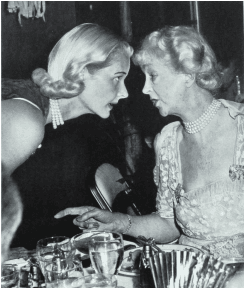 C.Z. Guest and Consuelo Balsan C.Z. Guest and Consuelo Balsan Diana Vreeland “Don’t invite too many married couples. It is suburban. Have pretty women, attractive men, guests who are en passant, the flavor of another language. This is the jet age, so have something new and changing.” Lorraine Cooper “I have one menu if friends from the United States lunch with us, another for Europeans, and still a different menu for guests from Asia, who are so often vegetarian.” Babe Paley “At a big dinner I like to have two pretty girls at each table if possible. It makes it more festive because they are as decorative as a bouquet of flowers.” Consuelo Vanderbilt Balsan “I believe that tact, that intuitive sympathy, will provide the only answer to social problems. It will help to smooth over difficulties and ignore rudeness, at least for the time being. I personally believe in eliminating bounders and bores as well as the cutlet-for-cutlet principle by the simple rule of not accepting an invitation I do not wish to return.” C.Z. Guest “My menus are worked out in advance, and I keep the likes and dislikes of my guests in mind.” Countess Consuelo Crespi “The extra effort is worth every minute of it when you realize your efforts have made someone happy.” Sybil Connolly “Remember, you have invited your guests to your home not to forcibly express your ideas of life and living, but to hear them express theirs.” 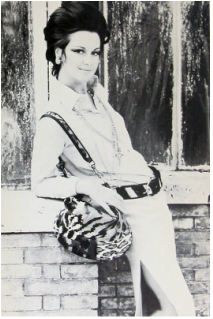 Countess Consuelo Crespi Countess Consuelo Crespi Cecil Beaton “Everyone should learn to create food that belongs to them, not just the inevitable cold ham and turkey… It’s too impersonal. I think so many amusing succulent dishes can be whipped up that it seems to me an awful pity people don’t have a personal idiom, even in their food.” Gloria Guinness “[A supper dance should] have lots of tables, lots of soft candlelight, lots of pretty girls in pretty dresses, two or three bars, and two different places for your supper buffet.” The Duchess of Windsor “Keep a menu book listing the [food], wine, table setting, the guest list and seating plan, and after-dinner amusements to avoid repetition with the same guest.” Pamela Hayward Harriman “Hostesses must care that everything is arranged for comfort and fun.” When this book went to press, Pamela was still Mrs. Leland Hayward. Following his death, she married senior statesmen Averell Harriman with whom she had enjoyed a love affair during World War II. As Mrs. Harriman, she became a leading hostess for the Democratic Party, propelling William Jefferson Clinton to the White House. President-elect Clinton rewarded her with a plum assignment, ambassadress to France. Her rules for entertaining, which went on to secure her future successes, are included in the book: 1. Do not ruin dinner for other guests because one guest is late. 2. When inviting people, call them on the telephone yourself. It makes it so much more personal. 3. Never criticize servants or a family member in front of other guests. 4. Don’t answer the telephone unless it is an emergency. 5. Never talk about your own domestic or personal problems. 6. Stimulate the conversation, but don’t jog it. 7. Knowing how to cook yourself is fundamental, whether you must or not. Following are some of the recipes included in the book. NHL has not attempted any of them but is rather intrigued by Countess Consuelo Crespi's Ice Cream Cheese. It seems strange to mix a variety a cheeses together into a melange. One imagines it would be either a terrible failure or a spectacular success. Sadly Florence Pritchett Smith passed away prior to her book's publication. The death of an author limits a publisher's ability to properly promote a book, particularly in the case of a lifestyle tome that relies so much on book-signing events. There were only a few printings and no second edition. At present, Nick Harvill Libraries has one copy available for sale here. It appears to be the only one available anywhere online. [Update: this copy has now sold.] Photo Credits: A Wonderful Time by Slim Aarons and The Beautiful People's Beauty Book by Princess Luciana Pignatelli.
Gogsie Cushing’s great ambition was to see her three beautiful daughters successfully married into wealthy families. On July 23, 1947, it appeared as she succeeded beyond her wildest expectations. On that day her youngest daughter Babe wed CBS mogul William S. Paley, thereby joining her sisters in the multimillionaire club. Sister Betsey was in a love match with John Hay Whitney, as rich as he was gentlemanly. Eldest sister Minnie was married to the even wealthier, if more troubled, Vincent Astor. Gogsie died in 1949, not knowing that her dream would soon unravel. Her death gave Minnie license to plan a future more suitable to her personality. It took several years, but Minnie convinced Vincent to agree to a divorce by setting him up with his next wife, Brooke Marshall. Minnie remarried not for money but for compatibility—to the artist Jim Fosburgh. Babe’s marriage survived but had its difficulties. Bill was an amateur photographer, and from his many portraits of her, it is obvious he loved and admired her even when his behavior failed to show it. Babe and Bill’s daughter, Kate, privately published a collection of those photographs in The Original Bill Paley, a book that rarely hits the resale market, a copy of which is presently available on the Nick Harvill Libraries website. [Postscript: it has since sold.] Photo Credit, Jerome Zerbe, Happy Times
"Extraordinary skin, beautiful hair, beautiful figure, and dressed better than anybody I have ever seen. She was fun and lively and cozy and I think probably quite a lonely person."
Vogue Editor Babs Simpson on Babe Paley |
|

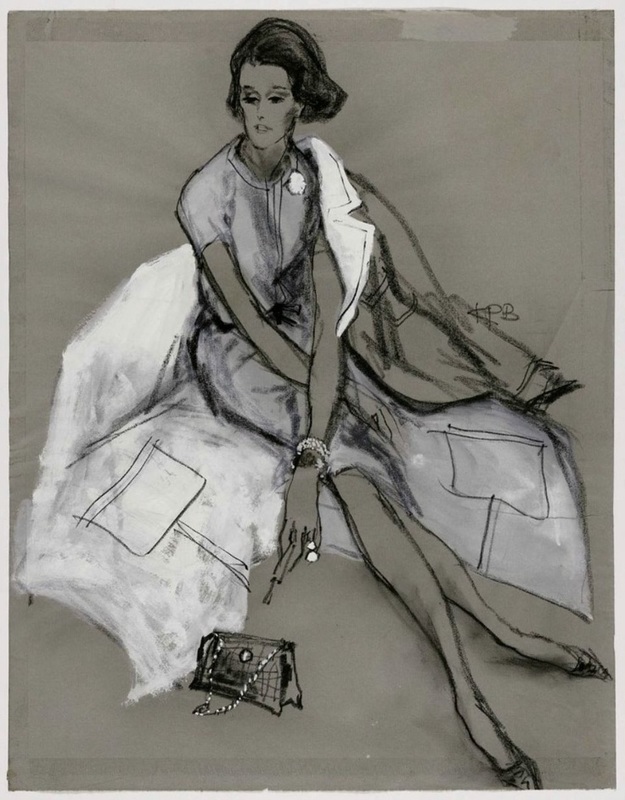
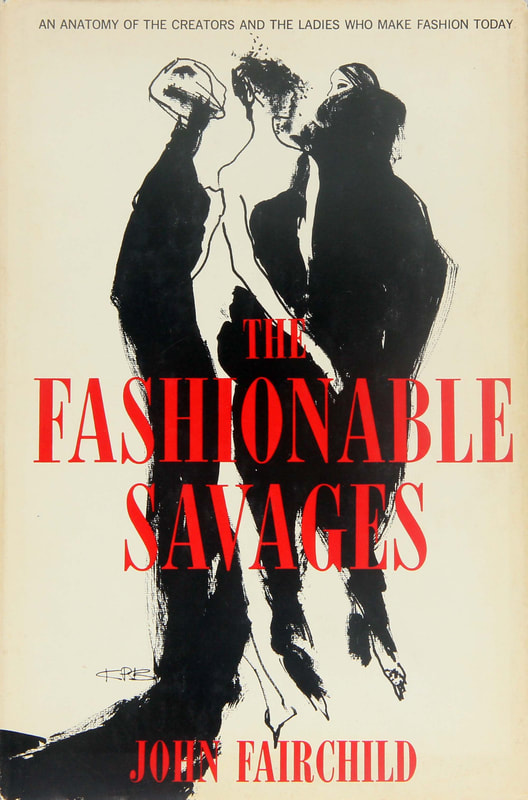
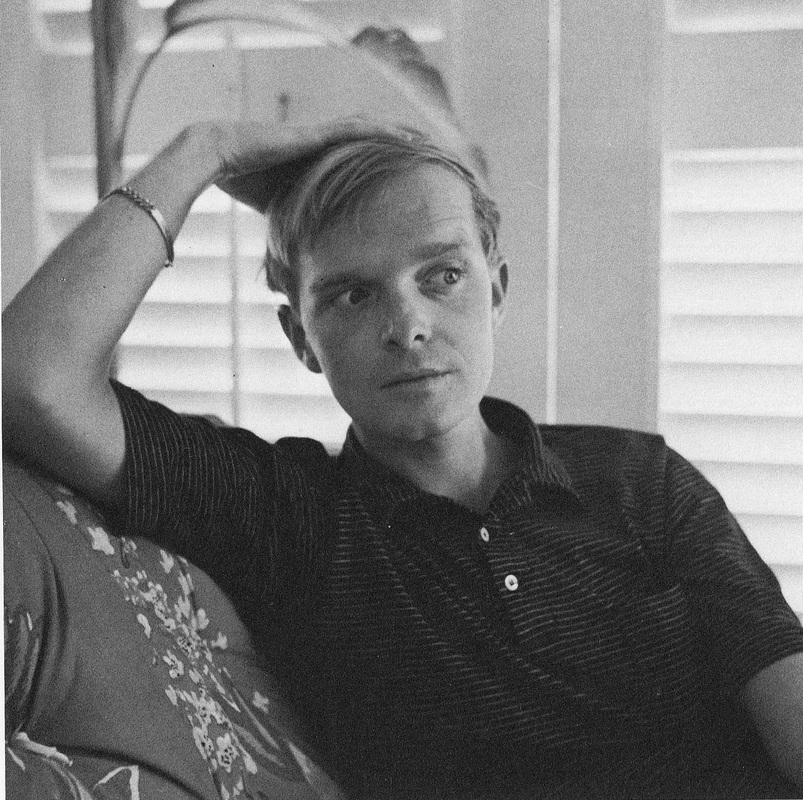
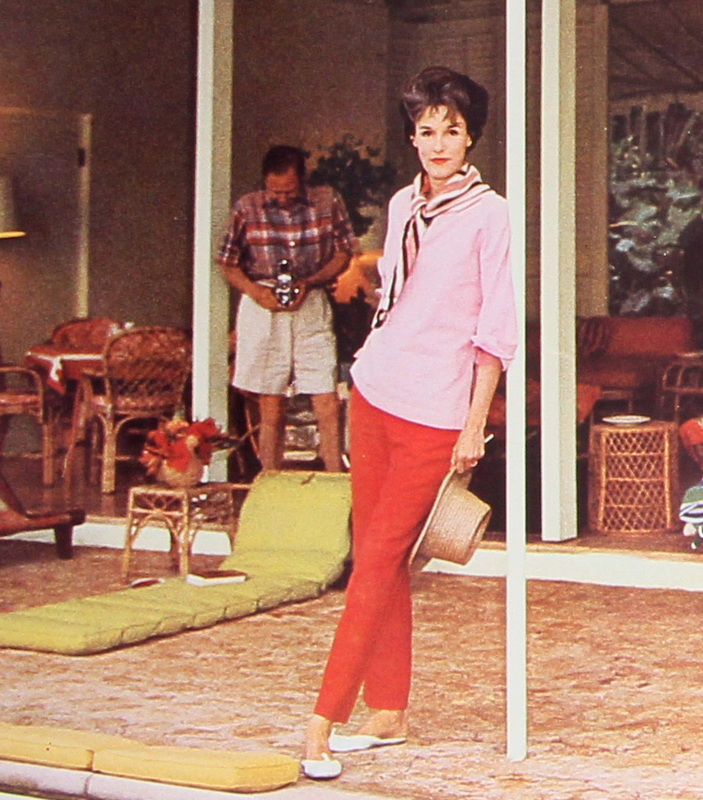
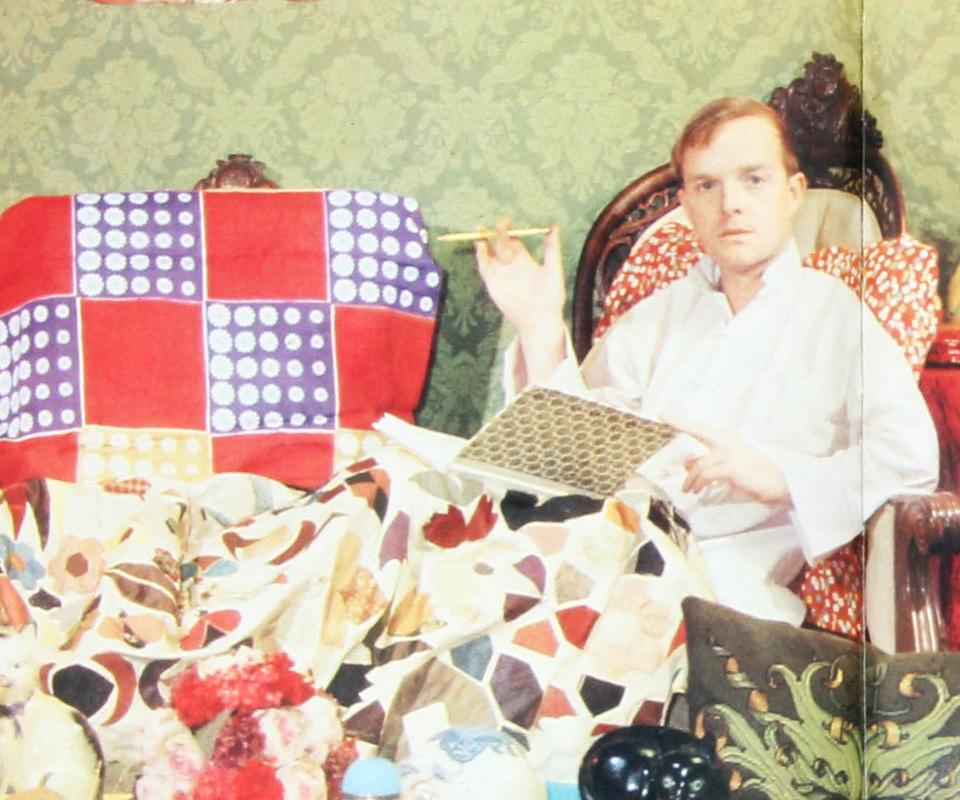
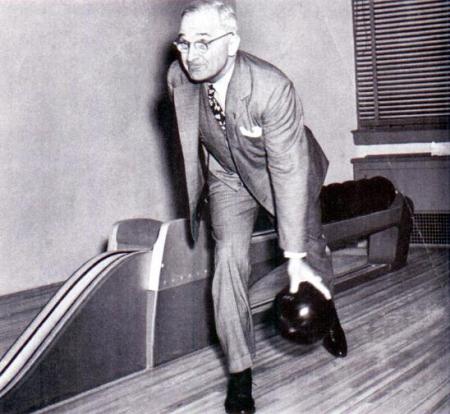
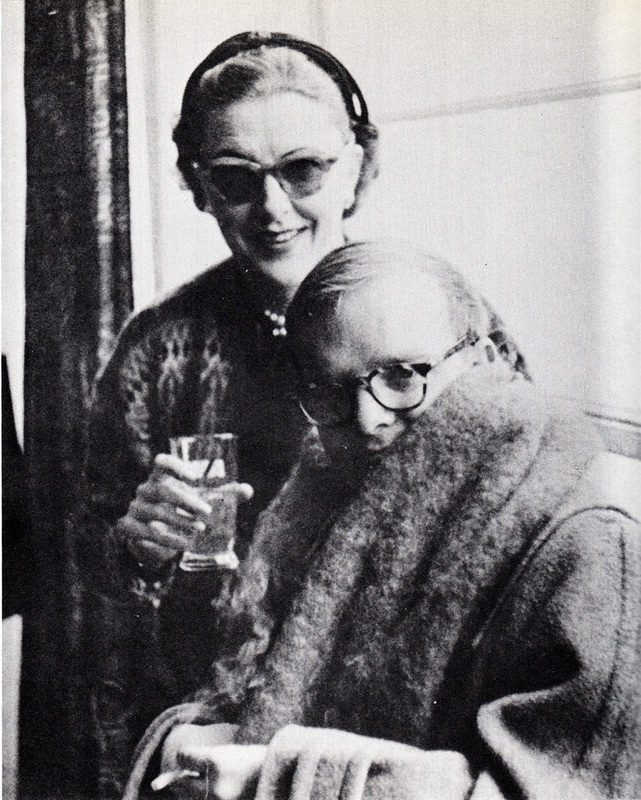
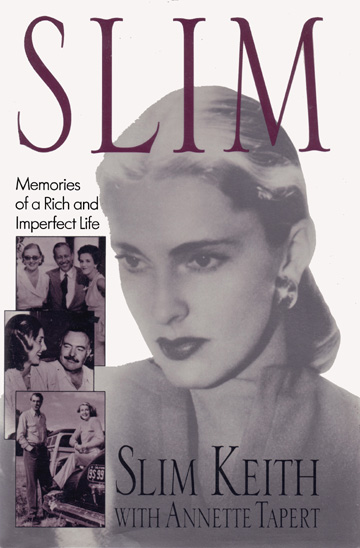
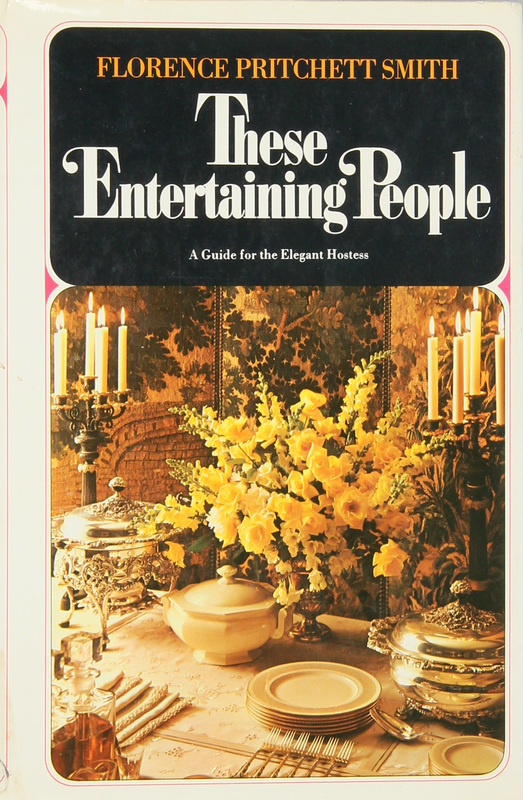
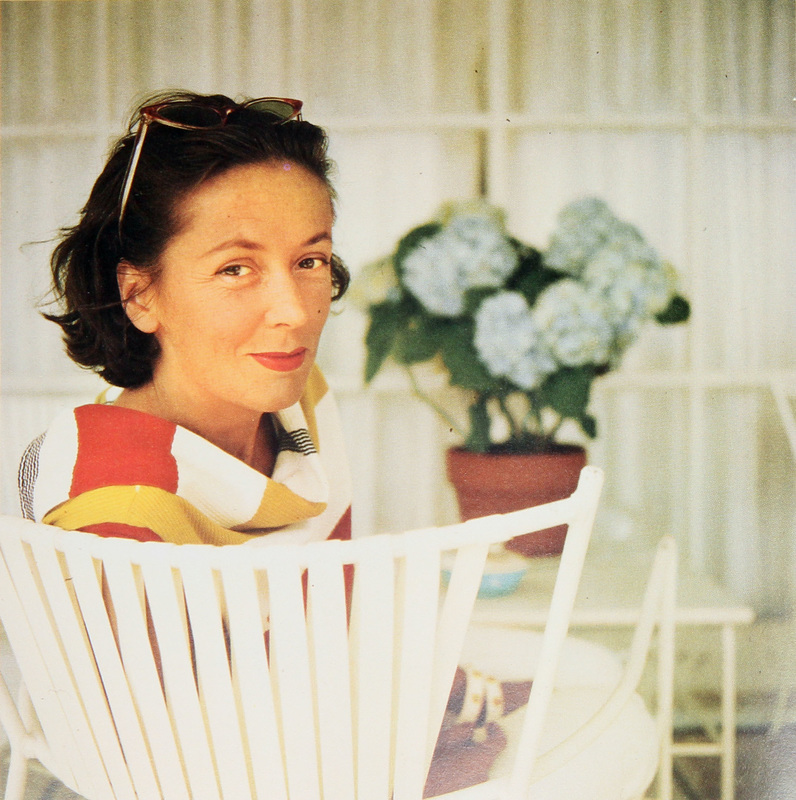
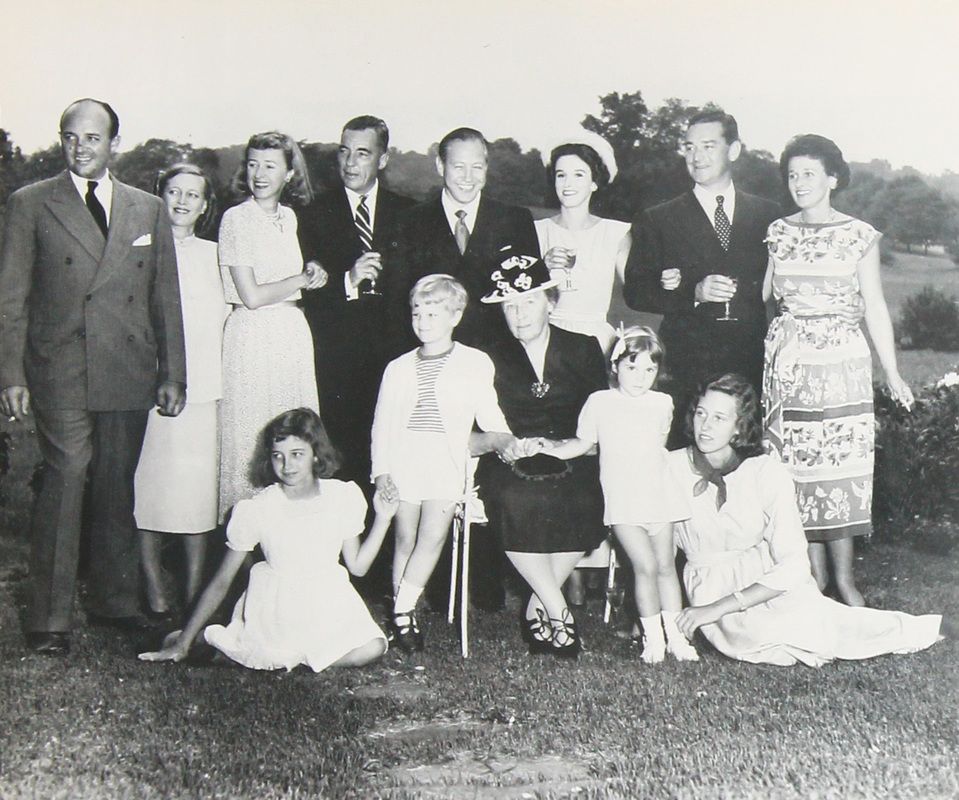
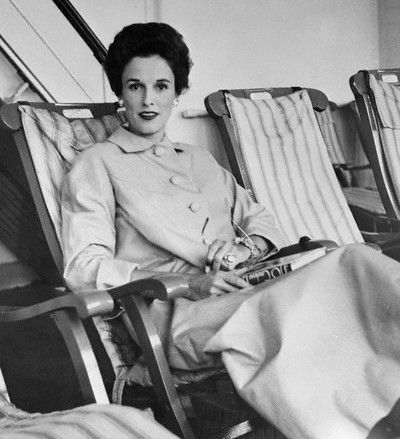
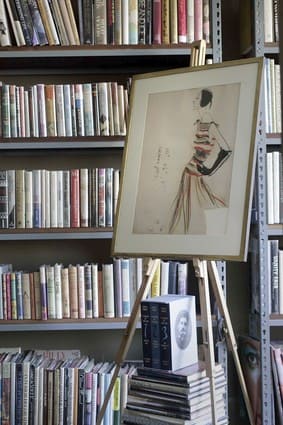
 RSS Feed
RSS Feed